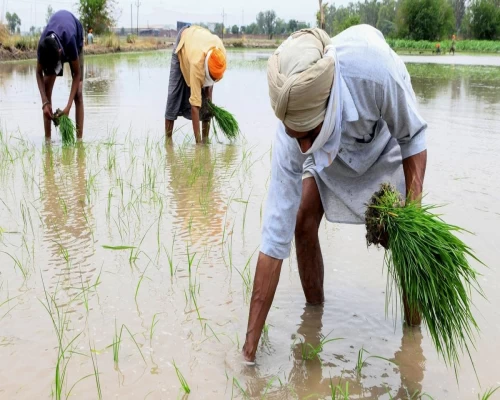
New Delhi: Employment generation coupled with improving employability is the priority of the Central government. Accordingly, the Government of India under Prime Minister Narendra Modi has taken various steps for generating employment in the country. The Government of India has announced the Atma Nirbhar Bharat package to provide stimulus to business and to mitigate the adverse impact of Covid 19. Under this package, the government is providing a fiscal stimulus of more than Rupees Twenty Seven lakh crore. This package comprises various long term schemes, programmes or policies for making the country self-reliant and to create employment opportunities.
Atma Nirbhar Bharat Rojgar Yojana (ABRY) has been launched with effect from October 1, 2020 as part of Atma Nirbhar Bharat package 3.0 to incentivize employers for creation of new employment along with social security benefits and restoration of loss of employment during Covid-19 pandemic.
This scheme being implemented through the Employees’ Provident Fund Organisation (EPFO), seeks to reduce the financial burden of the employers and encourages them to hire more workers. The terminal date for registration of beneficiaries has been extended from June 30, 2021 to March 31, 2022. Benefits have been provided to 54.52 lakh beneficiaries through 1.38 lakh establishments till 21.03.2022.
Pradhan Mantri Mudra Yojana (PMMY) is being implemented by the Government for facilitating self-employment. Under PMMY, collateral free loans up to Rs 10 lakh are extended to micro or small business enterprises and to individuals to enable them to set up or expand their business activities. Up to 11.03.2022, 34.08 crore loans were sanctioned under the scheme.
PM GatiShakti is a transformative approach for economic growth and sustainable development. The approach is driven by seven engines, namely, Roads, Railways, Airports, Ports, Mass Transport, Waterways, and Logistics Infrastructure. This approach is powered by Clean Energy and Sabka Prayas leading to huge job and entrepreneurial opportunities for all.
The Central government has put emphasis on railways, roads, urban transport, power, telecom, textiles and affordable housing amid continued focus on the National Infrastructure Pipeline. Budget 2021-22 launched Production Linked Incentive (PLI) schemes, with an outlay of Rs. 1.97 lakh crore, for a period of 5 years starting from 2021-22. All these initiatives are expected to collectively generate employment and boost output in the medium to long term through multiplier-effects.
The Government of India is encouraging various projects involving substantial investment and public expenditure on schemes like the Prime Minister’s Employment Generation Programme (PMEGP) of the Ministry of Micro, Small & Medium Enterprises, Pt. Deen Dayal Upadhyaya Grameen Kaushalya Yojana (DDU-GKY) of the Ministry of Rural Development, Deen Dayal Antyodaya Yojana-National Urban Livelihoods Mission (DAY-NULM) of the Ministry of Housing & Urban Affairs etc. for employment generation.
Besides these initiatives, various flagship programmes of the government such as Make in India, Start-up India, Digital India, Smart City Mission, Atal Mission for Rejuvenation and Urban Transformation, Housing for All, Infrastructure Development and Industrial Corridors are also oriented towards generating employment opportunities.
(The writer is a senior journalist and author. The views are strictly his personal)


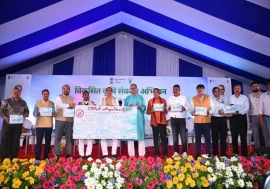
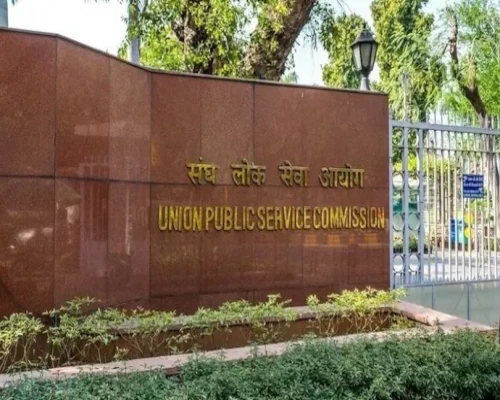


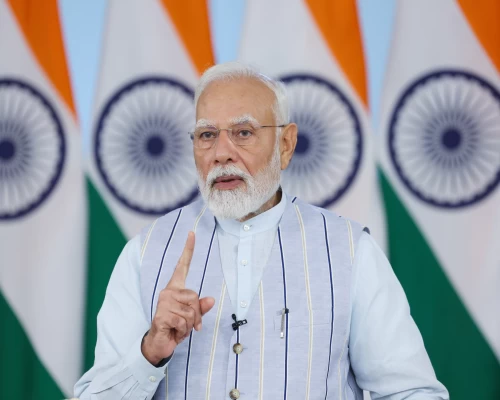
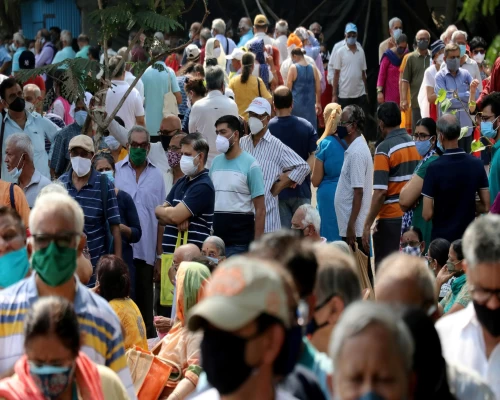
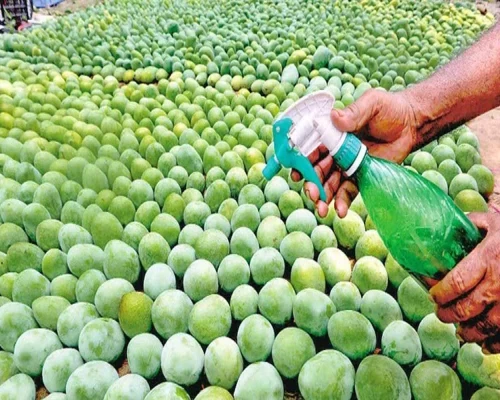
 (13)_500_x_400.webp)
